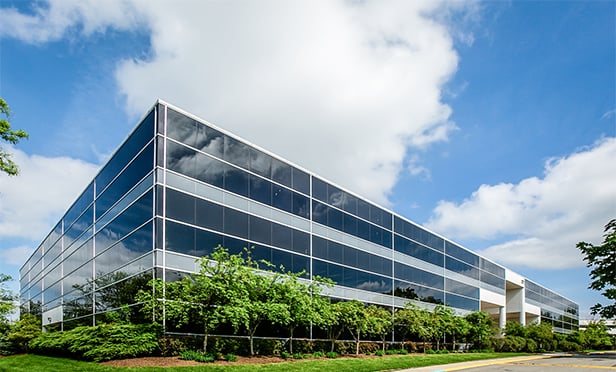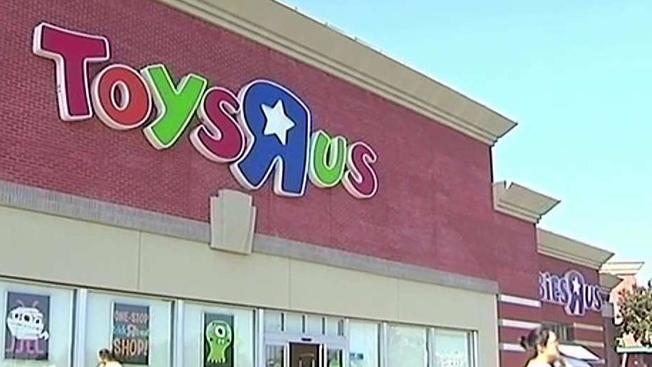NEW YORK CITY-“If (or more realistically when) interest rates rise, that could trigger a spate of further commercial loan defaults. On the other hand, the term of many commercial real estate loans is much shorter than residential mortgage loans, so many improvident commercial loans made in mid-decade have come due, or are now coming due.” So says locally based David Dunn, a partner at law firm Hogan Lovells, who represents banks and other financial institutions in contested litigation relating to foreclosures. Dunn recently chatted with GlobeSt.com on current happenings in the CRE foreclosure litigation arena.
GlobeSt.com: I know you represent banks and other financial institutions in contested litigation relating to foreclosure, so I am curious, what is happening in foreclosure litigation in the commercial real estate space these days.
Dunn: Foreclosure litigation in the commercial context involves loan structures that are almost always significantly more complex than a standard residential loan. We see commercial foreclosure actions being filed and prosecuted. But, they are much more sui generis, and often involve complex issues of workout, refinancing, sale of underlying notes or interests and may raise complex tax questions. Distressed commercial properties are often foreclosed as part of the effort to rationalize their financing to current values. But those cases are part of broader ongoing efforts to address financing issues for distressed commercial real estate and address structural issues.
GlobeSt.com: Are there any new trends you are seeing?
Dunn: We are seeing funds and other investors trying to clean up investments, address tax and financing issues and move on. We see foreclosure litigation as part of that overall effort to negotiate between lenders and defaulted borrowers/owners. Foreclosure litigation (or even the threat of such litigation) can be a useful and sometimes powerful tool or tactic, that is part of overall jockeying or maneuvering to resolve and rationalize distressed commercial loans Potential tax and guaranty liability exposure has made attractive the use of pre-packaged bankruptcy plans as a means to address and resolve foreclosure threats.
GlobeSt.com: In terms of commercial foreclosure activity, is the worst behind us or is there reason to think there is more bad news coming?
Dunn: It is hard to say. Because interest rates have remained low, borrowers on some commercial loans have been able to cover debt service, and in some instances avoid default, even though the underlying properties have suffered large value declines, have high vacancy rates and are “upside down.” If (or more realistically when) interest rates rise, that could trigger a spate of further commercial loan defaults. On the other hand, the term of many commercial real estate loans is much shorter than residential mortgage loans; so many improvident commercial loans made in mid-decade have come due, or are now coming due. In many instances (perhaps most) borrowers are unable to refinance amounts on terms that were available at mid-decade. So many such issues have been resolved, or are in the process of resolution now.
GlobeSt.com: Is there impact or interplay between what has been going on in connection with residential foreclosure litigation and foreclosures resulting from commercial loan defaults?
Dunn: Only to a limited extent. Residential loan foreclosure processes, including litigation, are highly regulated and controlled. They have been the subject of intense scrutiny by Congress, the courts and other regulators. Commercial real estate lending also involves patterns and common issues. But because the amounts involved are so much larger and parties on both sides generally sophisticated, commercial loans tend to be more amenable to negotiated resolution—even when property values are far below loan balances. On the other hand, one common lesson is that courts are demanding that lenders turn “sharp corners,” that they properly document their claims and their possession of underlying notes and mortgages. Commercial loan instruments, like residential ones, had been the subject of active secondary markets, and foreclosing note holders in both segments need to make sure they have their “ducks in order.”
GlobeSt.com: Have you been involved in or seen any affects of defaults and/or foreclosures on transactions on deal making in connection with properties that are the subject of loan defaults but have not yet been foreclosed?
Dunn: Definitely, the overhang or risk of foreclosure is present and real whenever a loan that is in or anticipated to be in default is due or being renegotiated. We have advised a number of borrowers, lenders and potential acquirers of defaulted loan notes. In these instances, litigation risk and foreclosure related issues are a significant concern. That is particularly true when the commercial properties involved are already the subject of complex multi-party lending structures. Analyzing and sorting out potential foreclosure scenarios, and the various interests of affected parties is very important.
GlobeSt.com: What are the one or two most significant lessons learned that parties involved in future transaction structuring and documentation should take away from the experiences in commercial real estate foreclosure?
Dunn: The overriding lesson is: Think carefully about what could go wrong. Don’t assume underlying values will continue to climb, occupancy rates will remain steady, or the current parties will remain in the same roles and positions. Engage in realistic and thorough risk planning and analysis. This is something clients don't want to hear, don’t want to talk about, and often don’t want to pay for, in the flush and excitement of doing the deal. A second and related lesson: Make sure the documents say what you mean and do what they are intended to do. For complex, large scale transactions, don't adopt forms developed for other deals and circumstances, without thoroughly analyzing whether they actually cover the current deal, and will provide the right outcome when risks undesired or unexpected come home to roost.
© Touchpoint Markets, All Rights Reserved. Request academic re-use from www.copyright.com. All other uses, submit a request to [email protected]. For more inforrmation visit Asset & Logo Licensing.







